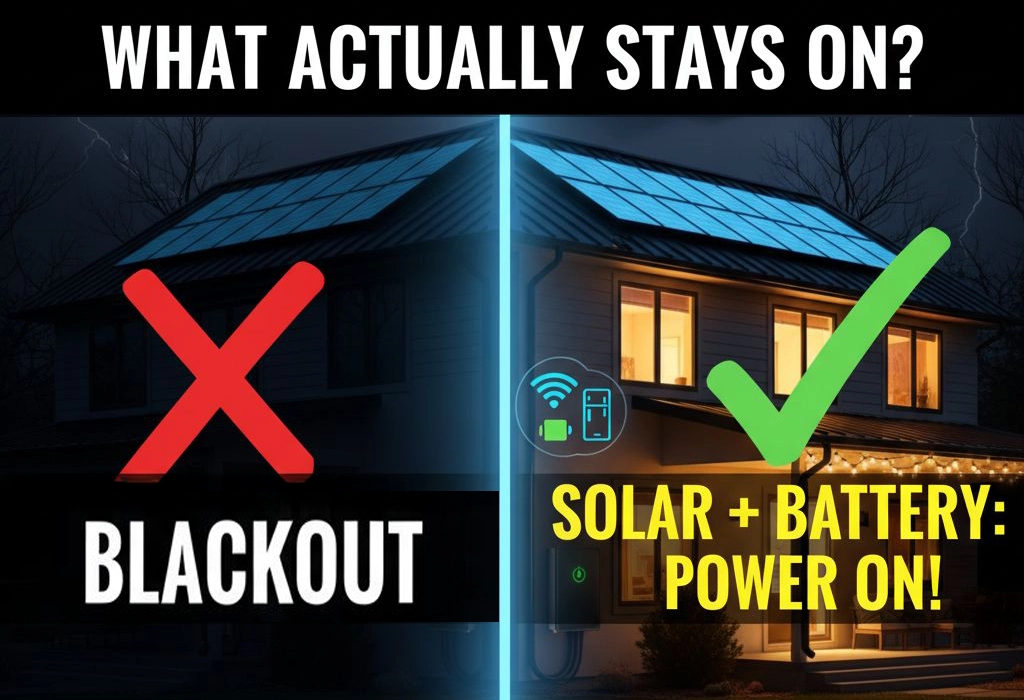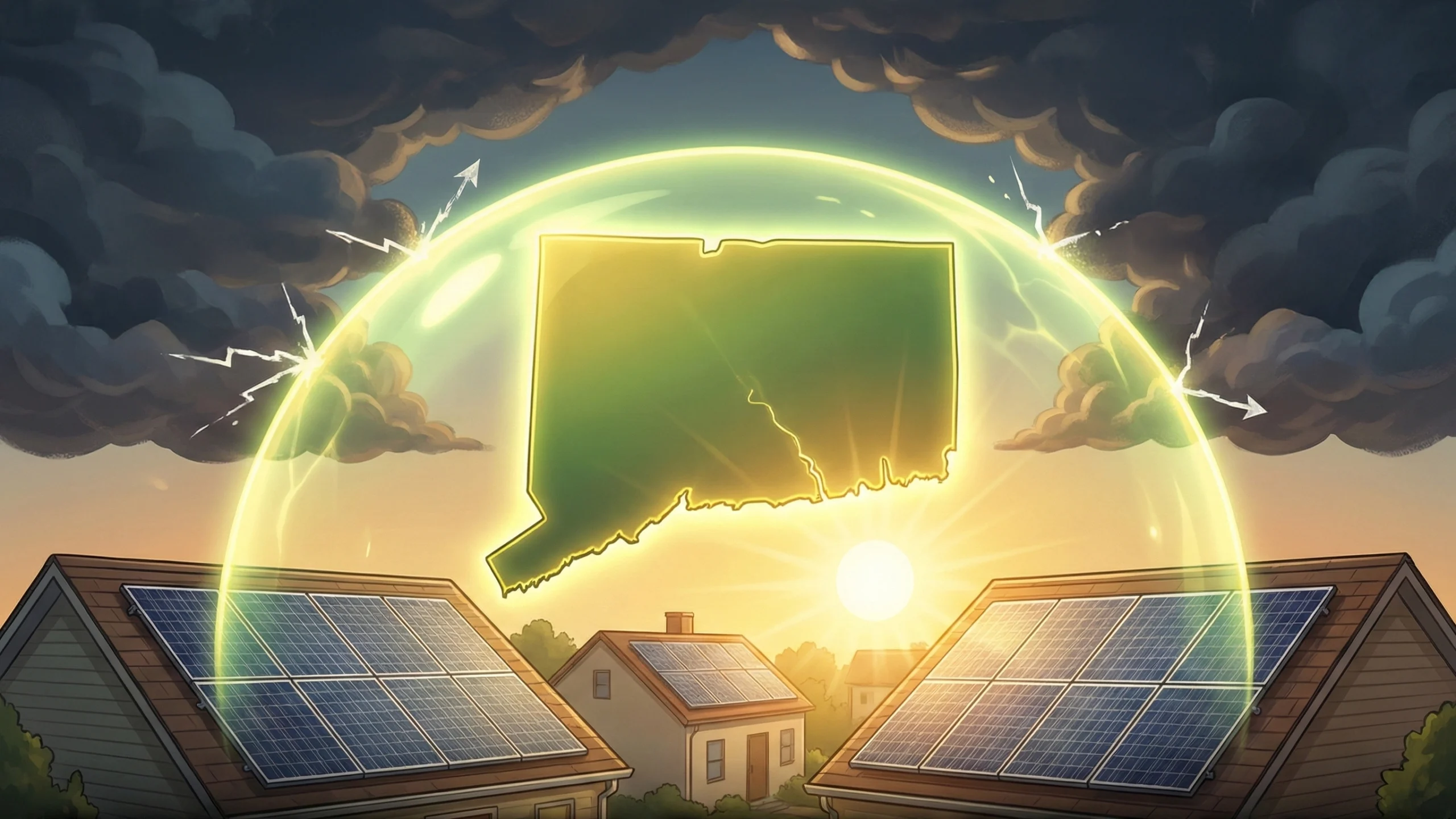After a recent rate adjustment method was approved, utility rates are anticipated to increase once more next month.
According to Eversource officials, regular service customers would first see a monthly rate increase of roughly $13. Since stating that, they have changed that figure, so users should now expect a $8 monthly rise in their total expenses.
The cost of obtaining electricity for the UI service customers will be declining by a greater amount than another bill component, the Public Benefits charge, which will increase by $30 on July 1. As a result, the total monthly bill for UI customers will decrease by roughly $1.50 per month in July. So for a month that is good news.
According to representatives of both utilities, the Public Benefits charge—which reflects the expense of carrying out state mandates—is largely to blame for the bill change.
The instability of electricity prices, however, has been the primary cause of the final increase in utility bills during the past 20 years. Last year, the volatility was especially noticeable.
In January 2023, supply rates for typical Eversource residential customers went hiked by $85 per month, or 41% more than the average customer’s monthly bill at that time. After six months, on July 1st, Eversource’s residential clients experienced a drop in supply rates of $72 per month.
According to Doug Horton, Eversource’s vice president of rates and regulatory requirements, “supply prices drive the volatility of electric bills.” Furthermore, supply is entirely determined by market forces. We are not in charge of it, nor do we benefit from it.”
There are cost benefits for certain customers who prefer to purchase their electricity from other suppliers. However, normal service—which entails the two utilities purchasing electricity and passing the cost along to customers without any markup—is what the great majority of UI and Eversource customers receive. Customers who receive their energy from third parties will probably face a larger rise from the most recent approved rate hike than those who enable UI or Eversource to purchase their power.
Eversource officials’ data demonstrates that consumers’ bills have always included a variable related to public benefits in addition to supply cost fluctuation. According to company authorities, the 10 biggest rate increases and 10 largest rate decreases that customers have experienced over the past 20 years are attributed to the supply and public benefits sections of their residential customers’ electric bills.
According to Jamie Ratliff, an Eversource spokesperson, “the supply and public benefits component of the bill (specifically, state-mandated power purchase agreements within public benefits) have been highly volatile, due to national and global market supply and demand dynamics.” “At July 1, these third-party components will account for almost 60% of a customer’s bill.”
Public benefits rates for UI residential service users have increased by over three times since 2005, according to utility officials stationed in Orange.
UI authorities anticipate that public benefits charges would probably keep rising in the future because of the expenses related to the low-income discount rate.
With that rate, some low-income consumers can obtain a 10 percent discount on their electricity bill, while others can receive a 50 percent discount. Consumers are being automatically enrolled in the discount and verified for eligibility through a data-sharing procedure with the Department of Social Services.
According to UI authorities, customers may qualify for the 10% discount rate if their total family income is at or below 60% of the state’s median income or if at least one household is enrolled in one of a few specified aid programs. Customers may apply for the 50% discount rate if their total income is at or below 160 percent of the federal poverty limits.
According to UI authorities, there are presently 29,100 clients enrolled in the program with the 10% discount and about 29,600 customers in the program with the deeper discount.
The fourth quarter of 2006 was the last time, in the last 25 years, that the typical UI home electric user had an electric cost of less than $100 per month. The average monthly electric price for UI residential customers increased from $94.87 to $139.19 at the beginning of 2007.
Before the average monthly UI home power bill dropped to $139.19, another five years would pass.
On January 1, 2023, the average monthly UI bill for residential consumers exceeded the $200 threshold, coming in at $257.94. Since then, the average bill has varied seven times, but it has always been $200 or more each month.
According to Ted Novicki, director of regulatory affairs for Avangrid, UI’s corporate parent, it is crucial to examine the historical progression of UI’s residential customer base because many of the underlying causes of the increase can be traced back more than 20 years, to the year 2000, when Connecticut deregulated its electric utilities.
Novicki remarked, “In this case, actions have consequences.”
According to him, UI and Northeast Utilities—which subsequently changed its name to Eversource Energy—were compelled to sell their power facilities as a result of the deregulation. Legislators in Connecticut had anticipated that the market for companies providing power to the state’s homes and businesses would be so strong that it would keep consumer bills down when they established the deregulated electric market.
However, Novicki claims that things didn’t go as expected.
“You now had unregulated entities controlling the power supply and dictating the prices, instead of UI and Eversource being able to control the generation process and regulators having control over it,” he said. The regulators believed that this would lead to increased market competition. However, the envisioned unrestricted free market—where people would undercut one another—was ultimately absent.
According to Novicki, another effect of Connecticut’s electric deregulation was a decrease in the price paid for the generation assets that the two legacy utilities were compelled to sell.
“You won’t get a good price for an asset when a buyer knows you’re forced to sell it,” he stated.
The Competitive Transition Assessment, which was included on customer bills, covered the difference between the fair market value price for the power plants and other expenditures related to the shift to a deregulated system. According to Novicki, the utilities were permitted to keep recovering these expenses in the recently deregulated market.
Customers’ costs were impacted by other features of the two biggest electric providers in the state being obliged to sell their power plants.
According to Novicki, prior to deregulation, the majority of the electricity supplied by Connecticut’s electric utilities came from producing units situated in close proximity to their individual customer bases. A large portion of the energy now originates from sources outside of the state, such as hydropower provided by Hydro-Quebec, a utility in Canada.
Novicki remarked, “Now, you’re getting more power coming from farther away.” It raises the cost of transmission.
As the demand for power rises, more money is spent bringing electricity into Connecticut due to rising transmission costs. Through 2033, New England’s power demand is projected to grow by 1.8% year, according to ISO-New England, the organization in charge of the region’s transmission grid. That indicates a 16.2 percent rise in demand throughout that time frame.
Horton remarked, “Just consider how much more dependent you are on electricity than you were twenty years ago.” “Therefore, we had to increase our infrastructure investment.”
Standard service is provided to around 286,000 customers, or 82 percent, of UI’s overall customer base, compared to nearly 77 percent of Eversource’s residential customer base, or 895,396 individuals. Customers who choose to forego purchasing electricity from a third party source in favor of allowing the utility to buy what they use is the usual service offerings for both firms.




